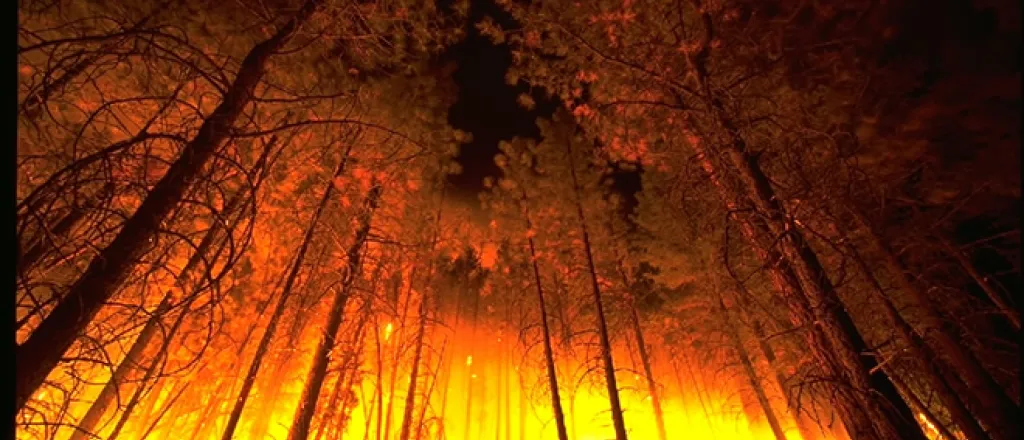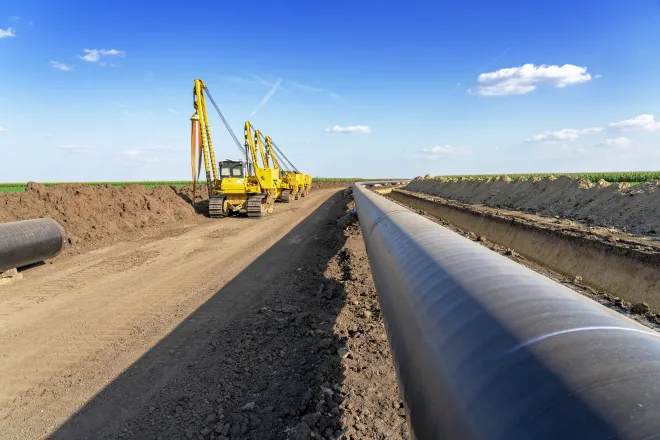
Report: Colorado wildfires bigger, more frequent
Click play to listen to this article.
The Lee Fire just northwest of Rifle has become Colorado’s fifth-largest in recorded history and a new report from Colorado State University suggested large-scale wildfires will be more frequent and less predictable in coming years.
Back in the 1990s, Colorado experienced just a dozen wildfires each year.
Thomas Gifford, doctoral student in environmental economics at Colorado State University and the report's author, said by 2020, the number rose to 72 per year.

© iStock - Toa55
"Of the top 10 largest fires in state history, four of the top five have happened since 2020," Gifford reported. "Eight of the top 10 have happened since 2012."
The largest fire in the 1990s burned less than 17,000 acres. The Cameron Peak fire in 2020 burned 200,000. Gifford pointed out the ability to predict when and where wildfires might spark is also getting more difficult as climate change brings prolonged drought, rising temperatures and more variance in weather cycles.
Wildfires also bring economic devastation. Losses from the 2021 Marshall Fire totaled more than $2 billion. Gifford noted many areas prone to large-scale wildfires rely on tourism dollars. He stressed the side effects of wildfire can linger for many years.
"The trails that used to attract people are no longer as beautiful as they once were," Gifford observed. "The streams that used to attract fishermen and fisherwomen, there’s lots of flash floods and a lot of erosion that happens after a wildfire that can really hurt local fish populations."
Colorado is facing another billion-dollar budget shortfall due to cuts in the GOP’s signature tax and spending law, and lawmakers are again facing difficult decisions about how to address wildfires. Gifford emphasized smaller-scale wildfires have helped keep entire ecosystems healthy for thousands of years and it is much more efficient to invest in preventive efforts, such as prescribed burns and using fire-resistant building materials.
"It’s harder politically to get people to get on board with spending hundreds of millions of dollars potentially on preventing a wildfire they can’t see, versus spending hundreds of millions of dollars on actually fighting one they can see," Gifford acknowledged.
















